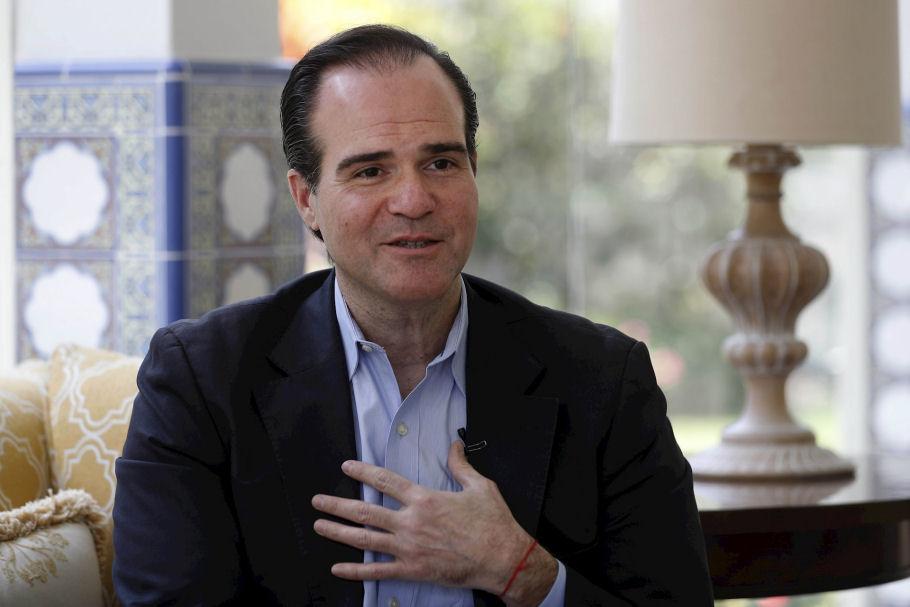RIO DE JANEIRO, BRAZIL – The news was released on Wednesday in Washington. The person in charge of the announcement was Mauricio Claver-Carone, advisor to President Donald Trump. “We are essentially creating a ‘Return to the Americas’ initiative,'” said the White House candidate for president of the Inter-American Development Bank.
He was referring to a plan that could revolutionize the labor market in many Latin American countries, at a time when it is more than ever battered by the economic collapse caused by the global response to the COVID-19 pandemic. Specifically, financial incentives will be used to encourage US companies with production plants in Asia to relocate them to the US, Latin America, and the Caribbean.
The project could generate investments ranging from US$30 billion (R$150 billion) to US$50 billion in the Americas, Claver-Carone told Reuters in an interview. He added that infrastructure, energy, and transport could be the first potential focus areas. The presidential adviser said the administration had already been working with Latin American and Caribbean countries to help them attract US investors, but the pandemic helped persuade North American companies that it was time to join.

According to the latest report from the US Bureau of Economic Analysis, there are some 35,000 large companies (with assets of over US$25 million) with American capital operating in other countries around the world. In total, they employ 14.3 million people.
More than 17,800 are located in Europe. The United Kingdom leads (4,000), followed by the Netherlands (2,300) and Germany (1,800). In Latin America and the Caribbean, there are some 5,900. This is slightly less than in Asia, where there are approximately 6,500. The majority of companies in this region are located in China, which totals 1,700.
Some of these companies produce 100 percent of their products on Chinese soil, and others only produce parts, or certain components, for their products. The list includes some of the most prominent US companies, such as Amazon, Apple, Coca-Cola, Dell, Exxon Mobil, Ford, General Motors, Gilead, Harley-Davidson, Hewlett-Packard, IBM, Intel, Johnson & Johnson, Microsoft, PepsiCo, Pfizer, and 3M.
Apple is a leading example. Most of the technology giant’s products are built in China, and its main supplier, Foxconn, manufactures a large part of its iPhones in 29 plants located in the central province of Zhengzhou. In total, approximately 50 percent of Apple’s suppliers are in China.
The Latin American country that comes closest to the US in terms of number of companies is Mexico, with 1,100. It is followed by Brazil with 886, Argentina with 269 and Chile with 218.
In nominal terms, the largest number of US companies is found in Europe. But when the focus is on the amount of labor employed by these corporations around the world, the region that most benefits is clearly Asia, where there are around five million of the 14.3 million employed. In Europe, there are 4.7 million, a consequence of the fact that companies operating there are in sectors with lower demand for human labor.
In China alone, American capital companies employ 1.7 milliion workers, more than in any other country in the world. The closest are the United Kingdom (1.4 million), Mexico (1.3 million), India (1,29 million) and Canada (1.2 million). In Latin America, after Mexico comes Brazil (630,000), Chile (153,000), and Argentina (130,000).
Labor conditions are one of the reasons why China managed to attract so many US companies to produce there. Regardless of the communist claims, wages are lower there than in most other countries where these companies operate. Moreover, according to the labor rights rating developed by the International Trade Union Confederation, China has the worst score: 5 out of 5. In Mexico, for instance, it is 4, and 3 in Brazil.
In any case, the White House clarified that the initiative it is now preparing would not focus on cheap labor, but would be based on provisions designed to protect workers that were included in the trade agreement between the United States, Mexico, and Canada that went into effect in July.
It is true that for many companies, for which China and other Asian countries are key in their production chains, it will not be easy to move their whole structure to the American continent. But, in any case, Washington’s proposal has tremendous potential for Latin America. Attracting at least part of the five million jobs currently in Asian hands would in itself have a very important impact, particularly in such an adverse international context.
Despite signing the first stage of a trade agreement in January, tensions between the United States and China have escalated in recent months and are likely to continue to rise. Beijing’s handling of the pandemic, a national security law limiting Hong Kong’s autonomy, and other issues have pushed relations to a critical point. On the other hand, Donald Trump has made the “Buy America” policies a centerpiece of his administration since he took office in 2017, and these efforts have sharply increased since the turmoil triggered by the pandemic.
Claver-Carone said the project under way includes improving transparency about Chinese loans in Latin America. He said that as a result, Ecuador in particular “was unable to progress and freed itself from unfair debt to China.” If he wins the September election, Claver-Carone would become the first American candidate to head the Washington-based IDB, Latin America’s leading development financial institution.
Source: infobae

